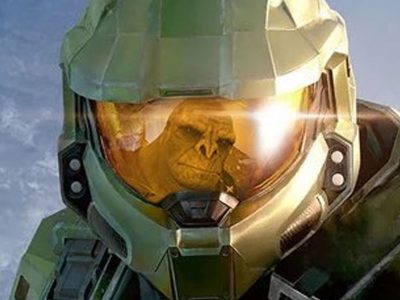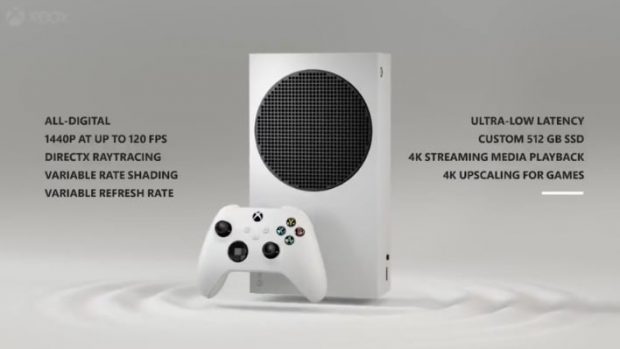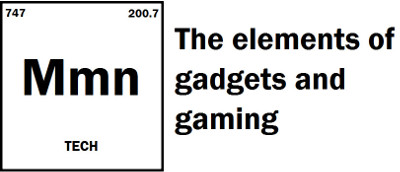

Xbox Series S – Initials impressions from an ex-PlayStation guy
When it came to consoles, PlayStation has been my go-to for a while now. However, I’ve grown increasingly dissatisfied with the way the platform has been handled in recent years. Admittedly, I never liked the PS4 all that much compared to its predecessors. But since Sony Interactive Entertainment moved their HQ to California a few years back, there’s a noticeable difference in the company’s culture. One which I don’t think is particularly flattering, and one which finally encouraged me to begin exploring alternatives.
It’s no secret that Microsoft really struggled in the console space last generation. Largely due to their own hubris and failure to listen to what their fans actually wanted. The Xbox One, while it did manage to redeem itself late in life, was nothing short of a disaster for the company. This time though, it’s pretty clear that they’re in it to win it. Offering some rather tempting prospects for gamers to jump over. Which I did.
It’s been a little over a month now since I bought the Xbox Series S. I plan on doing a full review of it at some point. However, I wanted to quickly go over my initial impressions of the console, and my experiences so far as an ex-PlayStation gamers.
The Series S is intended to be a budget model, and is spec’d out as such. It has the same 8-core AMD Zen 2 based CPU with a 200Mhz underclock versus the Series X. The 4.0 TFLOP RDNA2 based GPU is also substantially slower than the 12 TFLOP beast in its bigger brother. It also has only 10GB of RAM versus 16, which itself is clocked substantially slower. It does have the same SSD speeds, albeit with half the storage space. But at $299 USD, you can’t really complain here. Especially if you also grab a relatively inexpensive Game Pass subscription, which gives you an instant library of titles to start playing. It’s a very cost effective way to get yourself on the 9th gen ladder. And it’s fairly easy to find one, when the Series X and PS5 might as well be golden unicorns.
Coming from PlayStation though, I find the system still has a general lack of polish to it. The UI is quite busy, with ads for upcoming games and other deals plastered along the middle of the screen. All your games are buried in a separate menu. Though they can be pinned to the screen on an individual basis. Things like achievements are also buried in yet another menu under your user profile. It feels like the worst aspects of the Metro interface from Windows 8 and 10 have been cobbled together into something busy and not all that intuitive. Hopefully it’ll get a refresh once Windows 11 comes out.
The actual gameplay experience is largely what you’d expect for a console. I’ve been using Game Pass entirely, and most of the titles available on there right now are backwards compatibles from the One and 360. Which is okay, since there’s quite a few I never played before. Xbox has been pretty good with cross generational support. Through their Smart Delivery initiative, some older games have also been getting free updates that take advantage of the newer hardware. Star Wars: Jedi Fallen Order recently got a patch which upgraded it to 60fps on the Series S, and 4k 60fps on the X. So that’s definitely a nice touch. For the most part, game visuals look great in Series S/X optimized games, with most titles running at up to 1440p, upscaled to 4K. However, some less graphically intensive titles, like Ori and the Will of the Wisps, do run at a native 4K at up to 120fps.
Game Pass is what’s really the star of the show here. Especially given that there’s not a lot of huge titles out yet for 9th gen platforms. Plus Microsoft is committing to having all first and second party exclusives available day one. Which is a pretty exceptional deal for this industry. Certainly something that PlayStation Now just can’t replicate. I’m having a lot of fun with titles I wouldn’t have otherwise bought. GP also makes the Series S a great supplementary system when paired with Ultimate subscription. Since many games support cross saves, you can start off on PC and finish in the living room, or on your phone via xCloud. Giving you the best of both worlds.
The one big downside with Game Pass though is it does require an internet connection, and a stable one. Yep, always-online DRM has reared its ugly head. My Wi-Fi extender has been acting flaky recently and sometimes disconnects randomly. So far I’ve been kicked back to the dashboard twice while playing Outer Worlds due to a lost connection. Though I’ve only experienced things in that particular game. Now, if you assign your Xbox as the “home unit” in the settings menu, it’ll let you keep playing for a while without internet. But it doesn’t really tell you this up front. Modern Vintage Gamer went into detail over the issue, and how it even impacts disc based Xbox One titles on the Series X. Meanwhile, PlayStation has no such issues. The discs are really inexcusable, and even with Game Pass titles, Microsoft knows when your subscription expires. So this DRM method is extremely intrusive in my opinion, and a black mark towards the new “consumer friendly” image they want to portray. It really needs to be removed before I can recommend the system.
I did end up installing Dev Mode, which costs $20 for a license. From there you can grab RetroArch to play a wide variety of classic games, which really expands the functionality of the machine. Making it worth the price alone. Hell, it even plays old PlayStation titles better than the PS5 can. So that sort of redeems Microsoft in my eyes.
But, then there’s that 512GB of storage, of which 364GB is actually usable. It’s not a lot. Especially when many AAA games are now topping out at over 100GB. Backwards compatible titles can be stored to an external USB 3.0 drive, which I’ve been using for anything where I don’t care about load times. But Series X/S titles need to use the internal SSD. 364GB is just not enough for this day and age. Now, there is an optional 1TB expansion module available that plugs into the back. However, it’s currently almost as much as the system itself. And it’s proprietary, unlike Sony who’s using bog standard PCIe 4.0 compatible M.2 sticks with the PS5.
Touching on the controller, Microsoft has decided to make a few minor upgrades from last generation. Functionally it’s identical to the Xbox One’s, with better grip texture and a dedicated share button. Buttons are still very clicky, and the d-pad still isn’t the best. But overall, it gets the job done. Though the biggest knock against it is how dated its beginning to feel. I’ve really gotten used to gyro aiming and HD rumble on the Switch. Neither of which the Xbox supports.
Overall, do I like the Series S? Eh, it has potential. There’s not a lot of exclusive games for the platform yet. Those will come later this year. It’s also a great way to get into console gaming without having to break the bank. It costs as much as a vanilla Switch but offers bigger, more visually impressive titles than what you’ll find on Nintendo’s handheld. However, I do have to question the long term viability of the platform, with its weak hardware and limited internal storage. The DRM issues are also a big buzz kill. I don’t plan on returning it or selling it though. I like the convenience, and Game Pass is quite a bit of fun. But once new PC hardware becomes more readily available, I can see this quickly becoming relegated to a basement streaming box and retro gaming machine.

